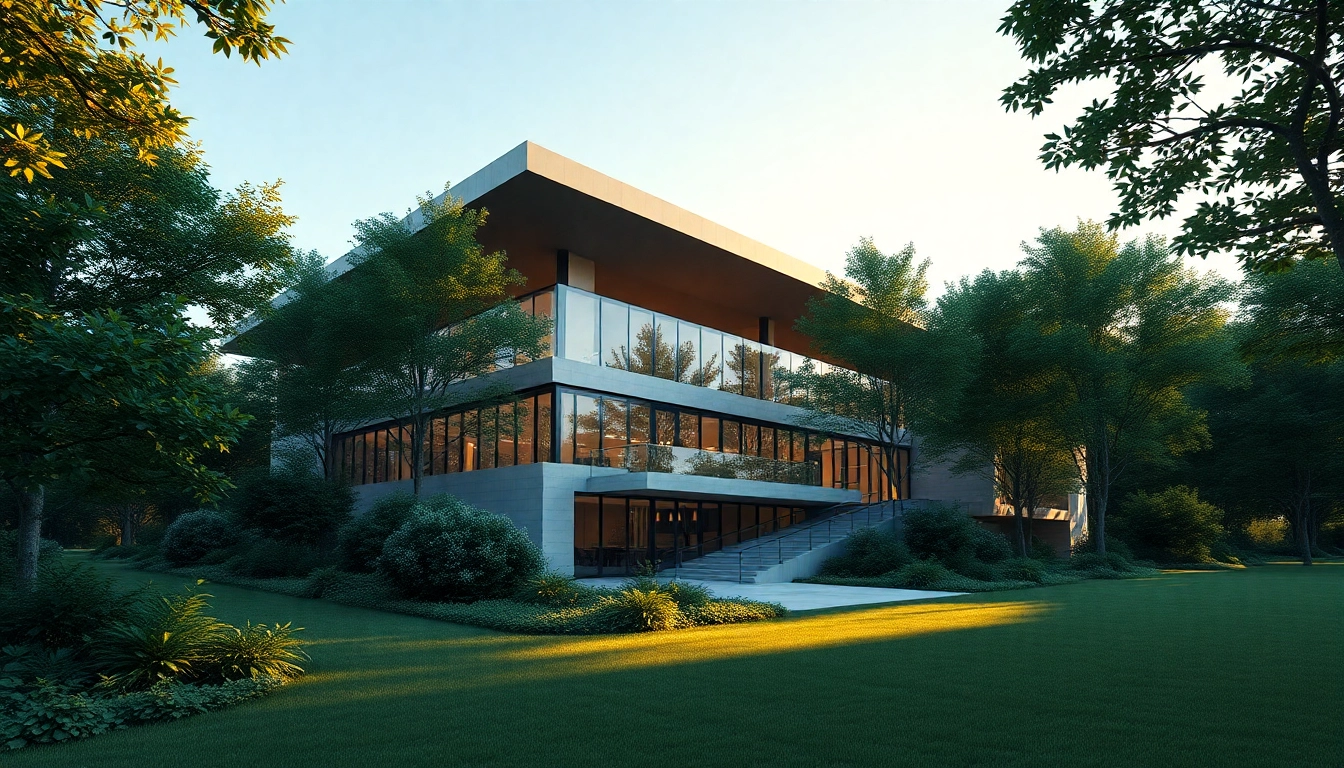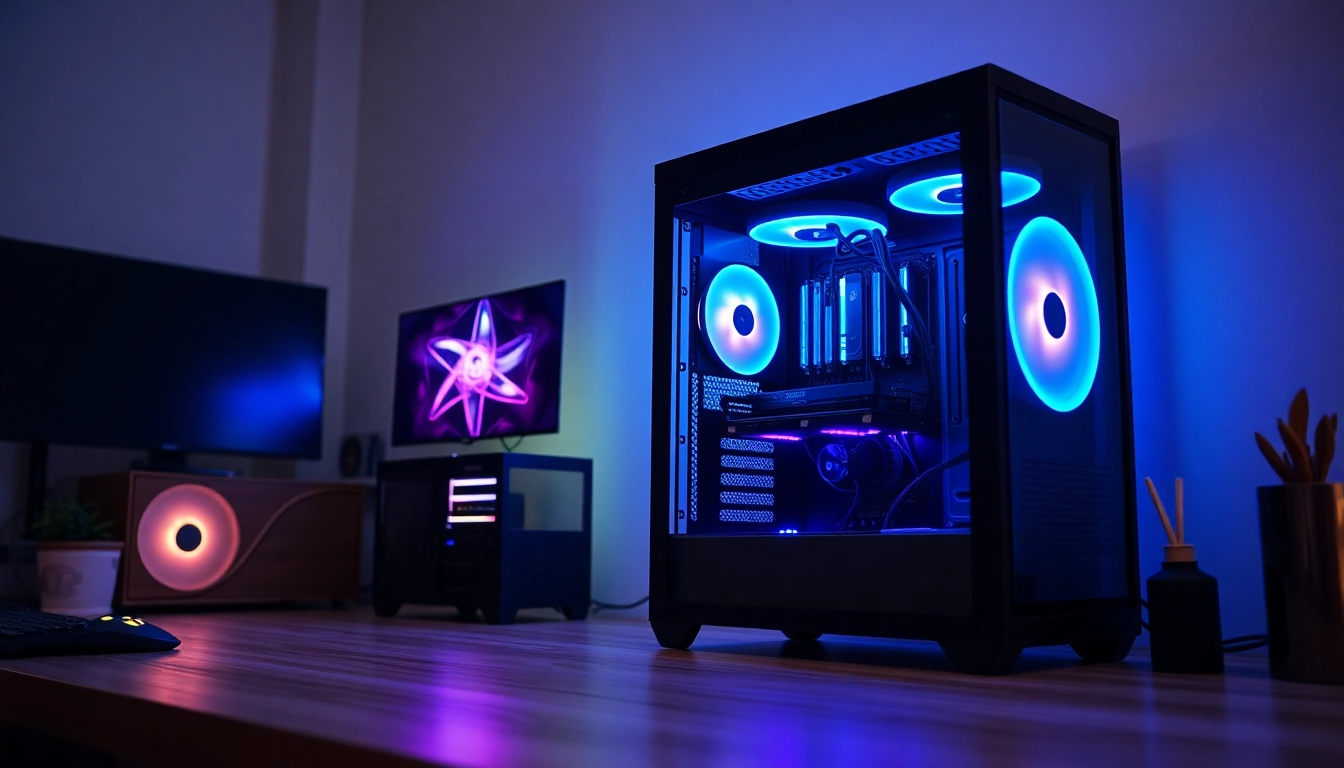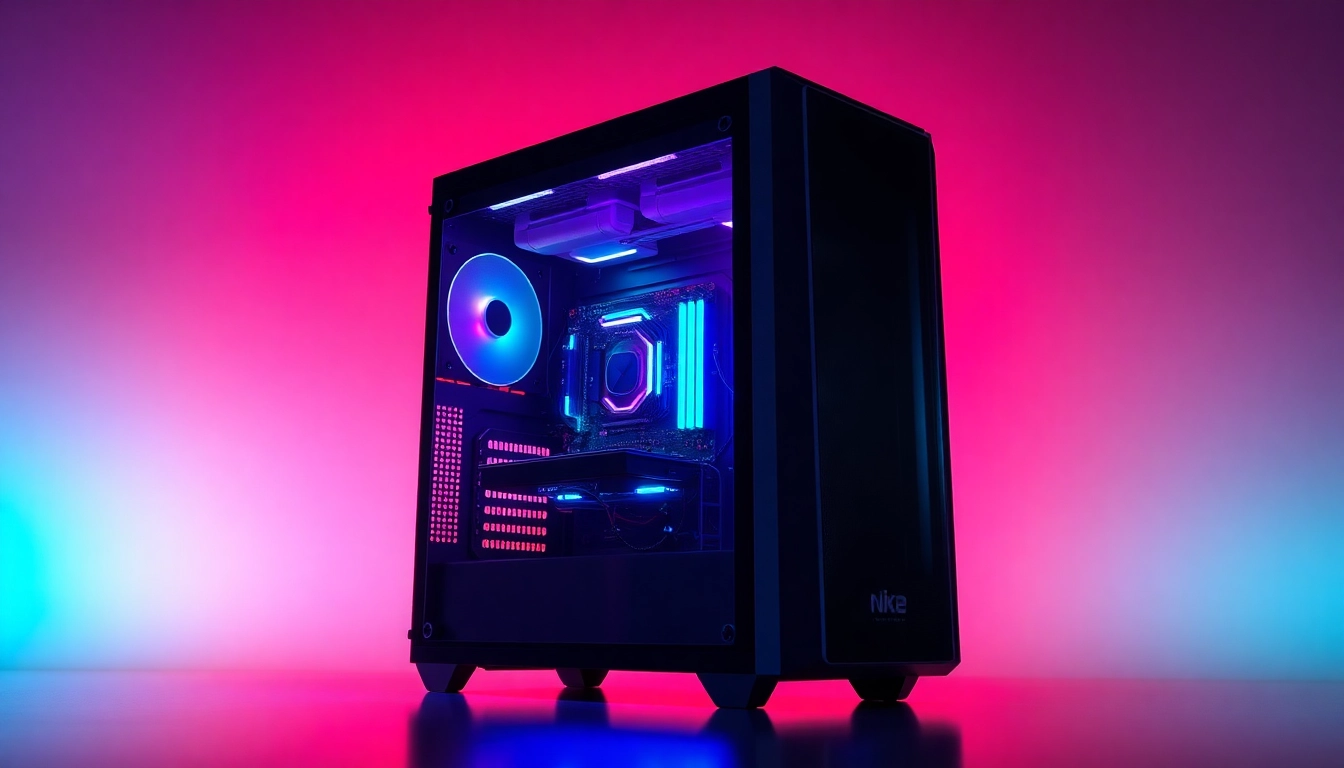Understanding 3D Model Visualizations
What are 3D Model Visualizations?
3D model visualizations are digital renderings created using computer software to represent three-dimensional objects. These visualizations provide a realistic view of models by simulating depth, perspective, and texture, allowing users to visualize their designs from all angles. Typically employed in various sectors like architecture, product design, game development, and marketing, 3D model visualizations serve as invaluable tools for presenting ideas and concepts vividly.
In essence, these visualizations transform two-dimensional sketches and blueprints into lifelike representations, making them a critical component in modern design processes. They allow for a better understanding of the spatial relationships within a project, improving collaboration and communication among stakeholders.
The power of 3D model visualizations lies in their ability to bring designs to life, enabling clients or project stakeholders to engage more intimately with the concept being presented. With advancements in technology, 3D visualizations have become more accessible and sophisticated, allowing even non-experts to appreciate the intricate details of a design.
Importance in Various Industries
The versatility of 3D model visualizations extends across multiple industries, including architecture, real estate, manufacturing, and entertainment. In architectural design, for instance, 3D visualizations help architects and clients visualize building designs before they are constructed, facilitating real-time modifications and decision-making. This reduces the risk of costly changes during the building phase, streamlining project timelines.
In the product design sector, companies leverage 3D visualizations to showcase their products before they are manufactured. This not only enhances marketing strategies but also allows for user feedback at early stages, contributing to improved final designs. Similarly, in the gaming industry, developers use sophisticated 3D visualizations to create immersive game environments, adding layers of realism and engagement for players.
Moreover, marketing campaigns heavily rely on high-quality 3D visualizations, as they enhance product presentations and advertisements by offering a unique perspective that static images cannot deliver. This approach captivates audience attention and boosts conversion rates.
Common Tools for 3D Model Visualizations
Several tools stand out for their exceptional capabilities in creating 3D model visualizations. Here are some commonly used software solutions:
- Blender: A popular open-source application known for its powerful modeling and rendering features. It’s suitable for everything from animations to game development.
- SketchUp: User-friendly software ideal for architects and designers, offering robust features for 3D modeling. Its intuitive interface allows rapid prototyping and design iteration.
- Autodesk 3ds Max: Known for its advanced rendering capabilities, it’s widely used in the entertainment industry for creating stunning visual effects and animations.
- Cinema 4D: A favored tool among motion designers, it excels in creating dynamic 3D visuals, especially for animations and graphics.
- Unity: Primarily used in game development, Unity supports real-time graphics rendering, making it a suitable choice for interactive 3D visualizations.
Key Techniques for Effective 3D Model Visualizations
Lighting and Texturing Tips
Lighting and texturing are paramount in achieving realistic 3D model visualizations. Proper lighting can enhance the depth and mood of a scene, while textures add realism to the surfaces. Here are some key tips:
- Use Natural Lighting: Emulate how natural light interacts with objects to create more lifelike renders. Soft, diffused light can add warmth, while harsh light can create dramatic effects.
- Texture Mapping: Apply high-resolution textures and materials to objects to enhance their realism. Tools like Substance by Adobe can greatly assist in creating intricate textures.
- Normal and Bump Mapping: Use normal maps to give the illusion of depth on flat surfaces without increasing the polygon count. This technique enhances the realism of materials significantly.
Composition Strategies for Impactful Visuals
The composition of a 3D model visualization affects how the audience perceives the model. Consider the following strategies:
- Rule of Thirds: Position key elements along imaginary lines dividing the scene into thirds, guiding the viewer’s eye through the composition.
- Focus and Depth of Field: Use depth of field to direct focus to specific areas of the model, helping to isolate key features.
- Balanced Color Palettes: Choose colors that complement one another and create visual harmony across the visualization.
Integrating 3D Visuals into Your Workflow
Efficient integration of 3D visualizations into existing workflows is crucial for maximizing productivity and collaboration. Consider these steps:
- Collaboration Tools: Utilize platforms like Sketchfab or Unity to share 3D models with peers and clients easily.
- Feedback Loops: Establish regular check-ins to gather feedback during the development phase, enabling timely adjustments to the visualization.
- File Management: Implement strict file management practices to keep your projects organized, ensuring easy access to models and textures.
Challenges in 3D Model Visualizations
Technical Hurdles and Solutions
As with any technology-driven field, 3D model visualizations encounter technical challenges that can impede progress. Here are some common hurdles and their solutions:
- Software Compatibility: Different software may have varying export and import capabilities. To mitigate this, utilize universal file formats such as .OBJ or .FBX for model sharing.
- Rendering Time: High-quality renderings can take an extensive amount of time. Optimize your models by reducing unnecessary polygon counts and using lower-resolution textures where possible.
Maintaining Realism in Artistic Interpretation
While artistic interpretation is essential, it should not compromise realism. To balance creativity with realistic representation, consider the following:
- Reference Images: Use photographs or sketches of real-life objects to guide your modeling process, ensuring accuracy in dimensions and proportions.
- Realistic Parameters: When creating textures, consider physical properties like roughness and shininess to maintain authenticity.
Time Management in 3D Projects
Time management is critical for successful 3D model visualization projects, especially in client-driven environments. Implement these strategies to enhance efficiency:
- Set Clear Milestones: Break the project into manageable phases with specific deliverables, ensuring consistent progress monitoring.
- Work in Sprints: Adopt agile methodologies, conducting regular reviews to adapt and refine processes as necessary.
Case Studies: Successful 3D Model Visualizations
Architectural Projects that Excelled
Many architectural firms have reaped the benefits of 3D model visualizations, allowing clients to experience their designs virtually. For example, Firm X utilized 3D visualizations to present a new skyscraper project. By employing photorealistic visualizations, they were able to secure client buy-in before breaking ground. The ability to visualize the building in its surrounding environment helped stakeholders understand the design’s impact on the cityscape, paving the way for faster approvals.
Game Development Success Stories
The gaming industry has increasingly relied on 3D model visualizations to enhance player engagement. Game Studio Y enlisted a talented team to create a visually stunning game using advanced 3D modeling techniques. Their characters and environments were created with such detail that they received critical acclaim for realism, greatly improving the game’s popularity and sales. Concepts initially sketched in 2D were transformed into rich, immersive experiences using 3D visualizations.
Marketing Campaigns Leveraging 3D Visuals
Many brands have embraced 3D model visualizations as a powerful marketing tool. For instance, Company Z rolled out a campaign featuring 3D rendered models of their new product line. The campaigns included interactive 3D models that potential customers could manipulate and explore. This not only increased user engagement but also led to a higher conversion rate, validating the effectiveness of 3D visualizations in modern marketing strategies.
Future Trends in 3D Model Visualizations
Emerging Technologies Shaping the Field
The future of 3D model visualizations is bright, fueled by emerging technologies such as augmented reality (AR) and virtual reality (VR). These technologies allow users to interact with 3D models in entirely new ways, enhancing engagement and understanding. For instance, retail industries are experimenting with AR apps that let customers visualize products in their own homes before purchase, leveraging the full potential of 3D visuals.
Predictions for 3D Visualizations in Business
Looking ahead, businesses are expected to increasingly incorporate 3D model visualizations in their operations. From enhancing design processes to optimizing marketing strategies, the advantages of using 3D models are becoming clearer. One prediction is that real-time 3D rendering capabilities will become the norm, allowing businesses to make faster decisions based on immediate visual feedback.
How to Stay Ahead of Industry Changes
To remain competitive in the ever-evolving landscape of 3D model visualizations, professionals must stay informed on the latest technology trends and tools. Continuous learning through online courses, webinars, and engaging with community forums can provide insights into new techniques and software updates. Networking with other professionals in the field can also present collaboration opportunities that push boundaries and create innovative ways to use 3D visualizations.



